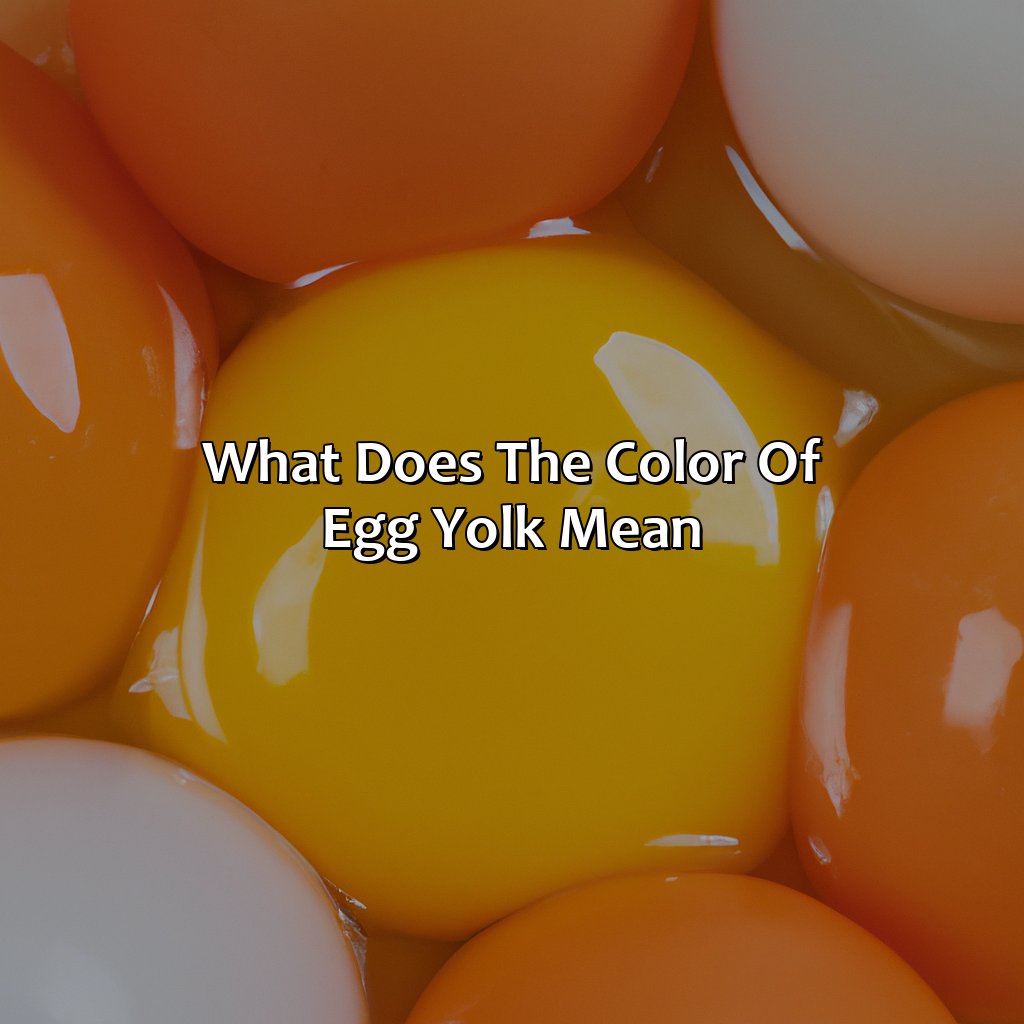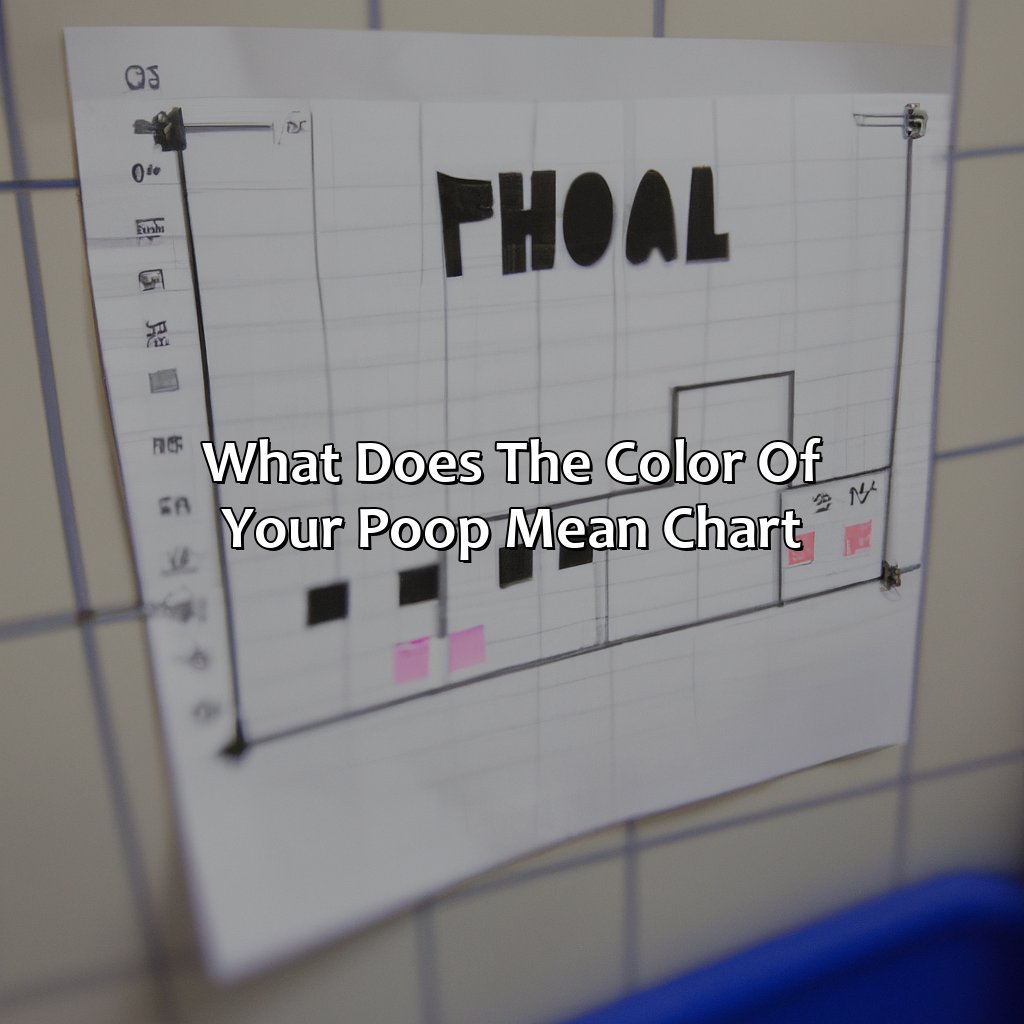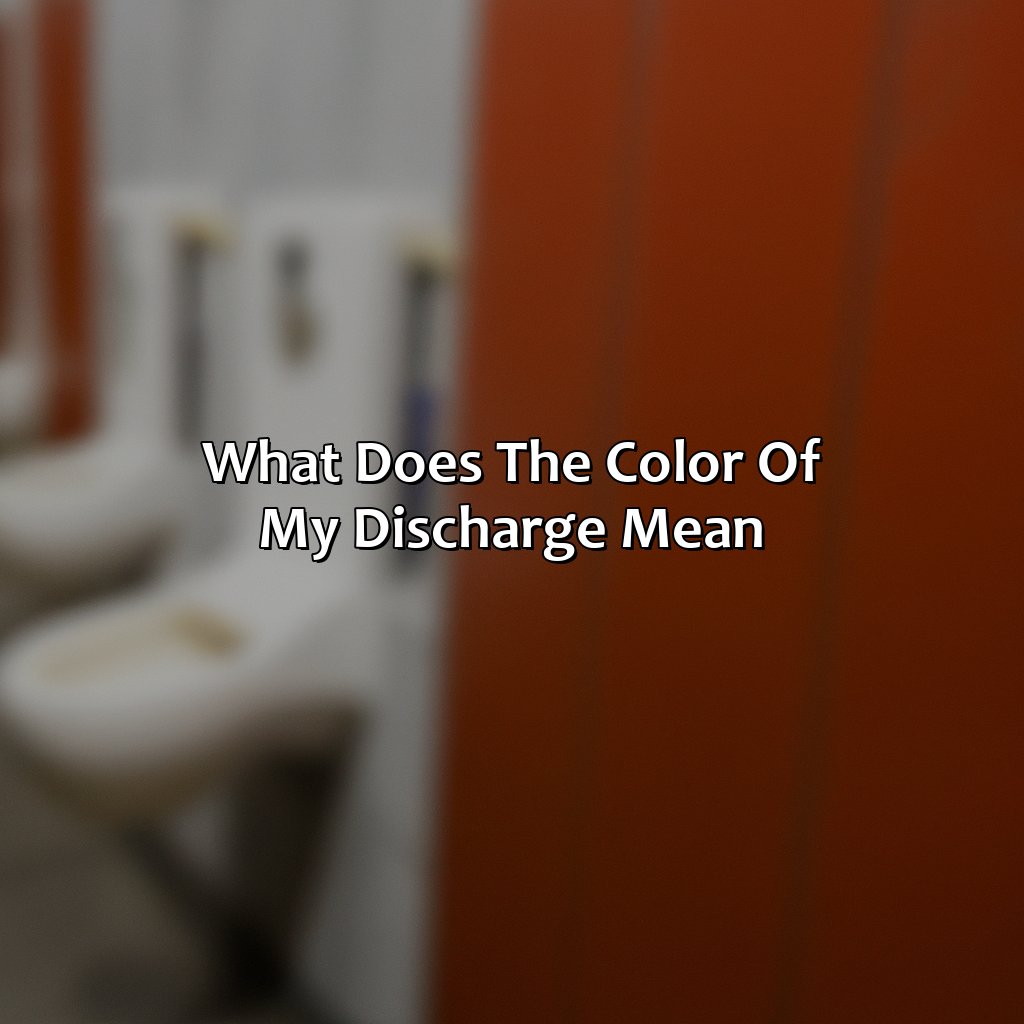Key Takeaway:
- Mood rings change color according to the wearer’s body temperature and emotional state. When a mood ring turns green, it signifies a calm and relaxed state of being. Green is associated with balance, harmony, and growth.
- Factors affecting the color change of mood rings include body temperature and emotional state. Since mood rings are sensitive to temperature changes, the color response may vary depending on the wearer’s body temperature. Similarly, changes in emotional state may also affect the color response of a mood ring.
- Other colors on a mood ring and their meanings include blue for calmness, purple for passion, and black for tension. Understanding the meanings of different colors on a mood ring can offer insight into one’s emotional state and help them achieve a more balanced state.
What are Mood Rings?
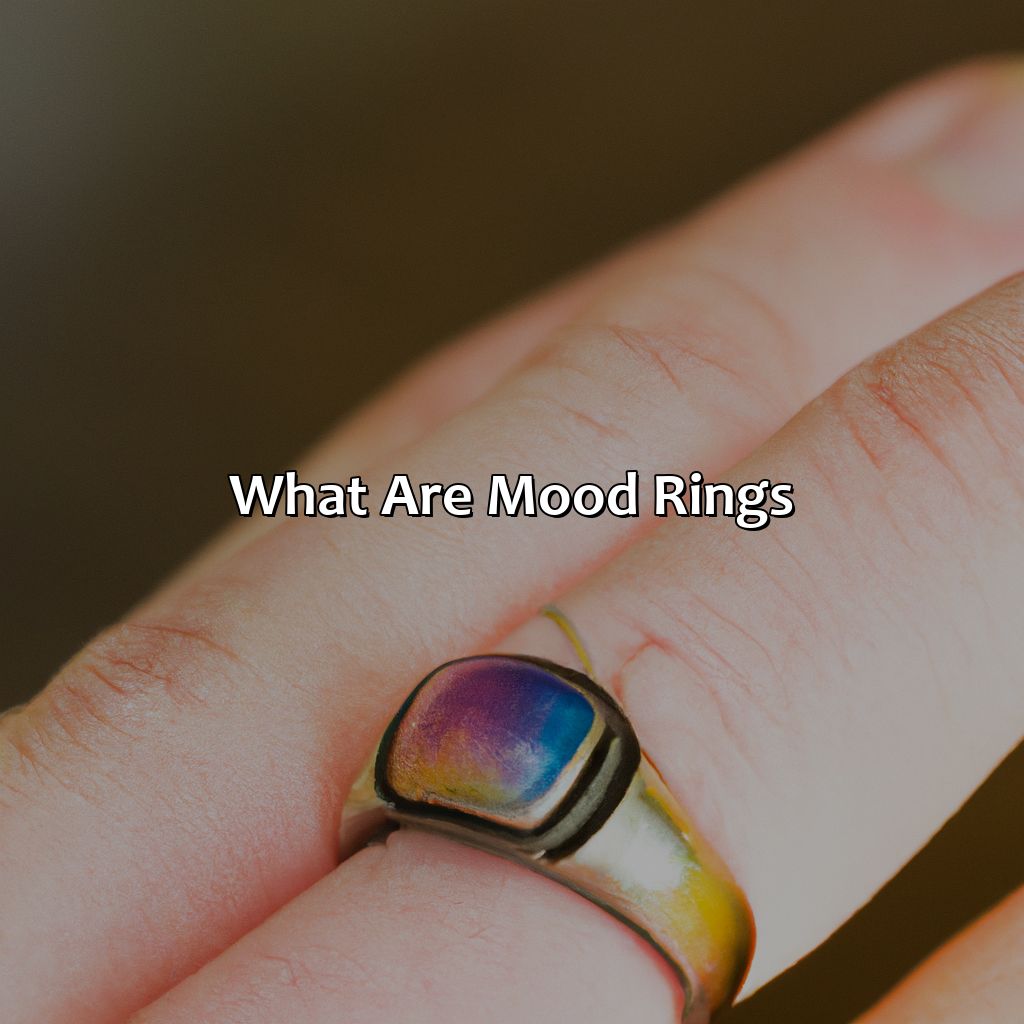
Photo Credits: colorscombo.com by Bryan Miller
Mood rings are accessories that change color depending on the wearer’s emotional state. They consist of a thermochromic element that reacts to the temperature changes in the wearer’s finger, indicating their mood. These rings became popular in the 1970s and have remained a fashion trend ever since. They are said to be able to reflect the wearer’s emotional state by their color, making them fun and insightful pieces of jewelry.
The colors on mood rings are not set in stone, but each color is believed to represent a different mood or emotion. For example, green represents calm or peaceful emotions, while blue represents relaxation and tranquility. In contrast, yellow is believed to represent nervousness or unease, while black indicates stress or anxiety. Although the meaning of each color may vary slightly depending on the manufacturer, the underlying principle of the color-coded emotional indicator remains constant.
It’s important to note that mood rings are not scientifically proven to be able to accurately depict the wearer’s emotions or mood; they are more of a novelty item than anything else. However, the fun and lighthearted nature of mood rings makes them a popular accessory among both young and old alike.
One particularly interesting aspect of mood rings is the story behind their creation. In the 1970s, two New York inventors named Josh Reynolds and Maris Ambats were experimenting with thermochromic technology. They developed the idea of incorporating the technology into jewelry, and the mood ring was born. It became an instant hit and remains a beloved fashion staple to this day.
Overall, mood rings are a fun and unique way to express emotions and add a bit of color to any outfit. While they may not accurately reflect the wearer’s mood, they are a cool piece of fashion history and a nostalgic throwback to the 1970s.
The Meaning of Green on a Mood Ring

Photo Credits: colorscombo.com by Aaron Flores
Green is one of the colors often seen on mood rings. This color signifies peace and balance. As a mood ring responds to the wearer’s body temperature and reflects their emotional state, green may indicate that a person is relaxed and calm. It can also suggest that the wearer is feeling stable and has a sense of harmony. In some cultures, green signifies growth, nature, and fertility. The color green has been associated with the heart chakra, which represents love, connection, and compassion.
It’s interesting to note that different shades of green can have different meanings on a mood ring. For example, a lighter shade of green could signify hope or anticipation, while a darker green may suggest jealousy or envy. The interpretation of the color green on a mood ring also depends on the individual. The wearer’s personal experiences, beliefs, and emotions can influence their mood ring’s color changes.
Pro Tip: To ensure the accuracy of a mood ring’s color changes, wear it consistently and in the same environment. Factors like body temperature, lighting, and humidity can affect the ring’s responsiveness and the color it displays.
Factors Affecting the Color Change on a Mood Ring

Photo Credits: colorscombo.com by Nathan Flores
To comprehend what green on a mood ring means, you must know the things that cause it to change color. This includes body temperature and emotional state.
We will now look into these factors and how they decide the color and feeling of a mood ring. Sub-sections will dive into body temp and emotional state, showing how they affect the color and mood of a mood ring.
Body Temperature
The color change on a mood ring can be influenced by various factors, one of which is the wearer’s body temperature. Temperature affects the thermochromic material used in mood rings, causing it to reflect different colors based on the heat it absorbs or releases.
The uniqueness of this aspect is that the person’s body temperature varies depending on factors such as activity level, time of day and health status. The mood ring will reflect these fluctuations in color, allowing a person to gauge their physical state.
It is worth noting that skin temperature can differ from core body temperature. Therefore, if someone wears a mood ring using their finger, they should allow at least 20 minutes for it to adjust to their skin temperature before taking readings accurately.
Pro Tip: To ensure consistent results when reading your mood ring, place it on the same finger each time and wait for it to adjust to your skin temperature before checking the color change. Your mood may determine the color of your ring, but don’t worry, you can blame it on the mood ring.
Emotional State
The color change of a mood ring is highly dependent on the individual’s emotional state. Emotional state and mood ring color change work hand in hand. For example, when a person feels happy, their body temperature increases, causing the green on the mood ring to be more prominent. Alternatively, when someone is distressed or anxious, their body temperature drops, reflecting a darker shade of green or blue-black on the mood ring.
Interestingly, our mental state plays a vital role in determining the color change on a mood ring. When we are nervous or happy, our sweat glands become active and produce sweat that affects our skin’s pH level. This change in pH levels causes the liquid crystal embedded in the stone’s interior to twist and alter its light-reflecting properties.
It must be noted that emotional state is not limited to positive emotions only; negative emotions such as anxiety and stress can trigger a reaction on the mood ring as well.
Studies conducted by Stanley Sue and Edward Sue have proven that culture and upbringing play a significant role in determining different interpretations of colors associated with emotions.
Research has also shown that individuals experiencing psychopathological conditions such as depression have unstable moods that affect their body temperature readings, leading to irregular changes of color on their mood rings.
From passionate red to calming blue, discover the hidden emotions behind every color on a mood ring.
Other Colors on a Mood Ring and Their Meanings
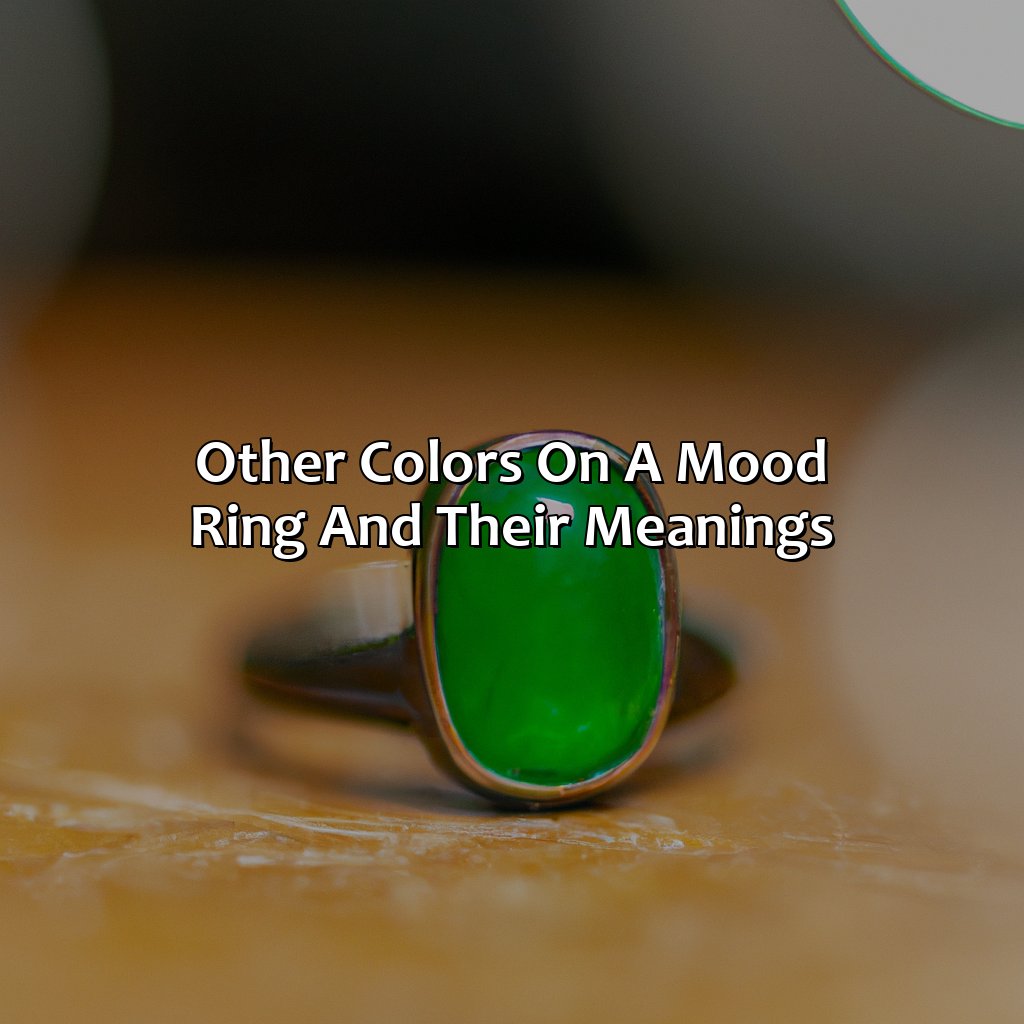
Photo Credits: colorscombo.com by Roy Brown
Other Colors on a Mood Ring and Their Meanings
Mood rings have become a popular fashion accessory that reflects the wearer’s emotional state. The color change of the mood ring depends on the emotional and mental state of the person, which is indicated by different colors on the ring. Here are the meanings of other colors on a mood ring:
- Blue – Calm, relaxed, tranquil
- Purple – Mystical, passionate, imaginative
- Red – Energized, excited, adventurous
- Yellow – Nervous, anxious, tense
- Orange – Stressed, overwhelmed, agitated
- Black – Anxious, stressed, strained
There are many other colors with unique meanings on a mood ring, such as pink, brown and gray. Each color signifies different emotions and feelings that cannot be categorized into one specific mood. Pink represents love, while brown signifies stability and security, and gray indicates depression.
The meanings of other colors were popularized in the 1970s and have since become a famous way of interpreting emotions. Mood rings are a versatile piece of jewelry that can be worn by anyone – from young adults to the elderly, and are suitable for any attire.
It is interesting to note that in a study conducted by Harvard Medical School, the significance of colors on a mood ring was analyzed. The study discovered that the colors on a mood ring have a close relationship with the emotions and mental health of an individual. Thus, the wearing of mood rings is beneficial in maintaining mental health and stability.
How to Interpret the Colors on a Mood Ring
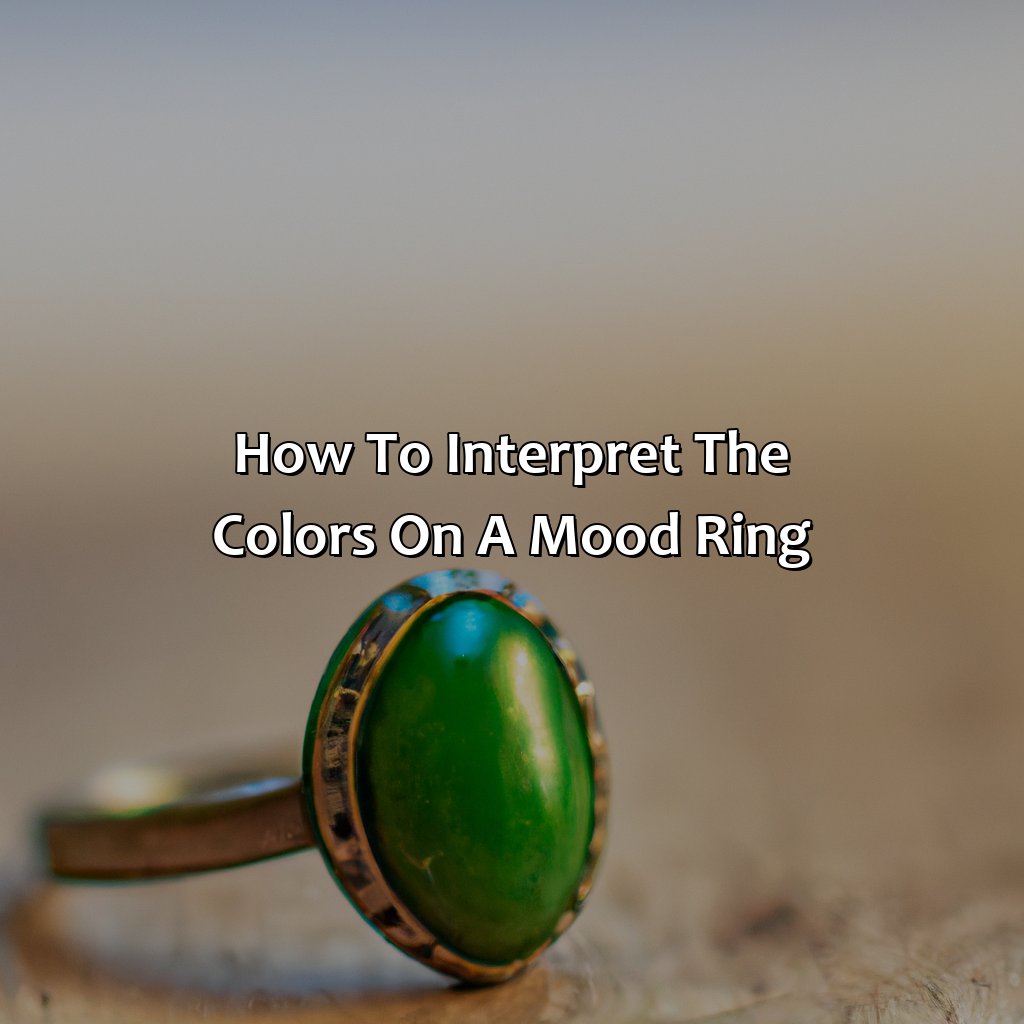
Photo Credits: colorscombo.com by Brian Perez
Interpreting Mood Ring Colors: A Professional Guide
Mood rings are a fun and interesting way to gauge your mood by the colors they display. However, interpreting these colors can be tricky. To understand mood ring colors, it’s important to know that each color represents a specific emotion or feeling.
When the ring is green, it indicates a sense of calmness, tranquility, and balance. Green is associated with harmony and equilibrium, suggesting a peaceful and content state of mind.
It’s best to observe mood rings in natural light and check the color against a chart that came with the ring. Keep in mind that the color can change depending on your body temperature and stress level.
Understanding mood ring colors takes some practice, but it’s a useful tool for self-reflection and understanding your emotions.
Interestingly, the idea of mood rings originated in the 1970s and was invented by a jewelry designer named Marvin Wernick. He created a liquid crystal device that changed colors based on temperature fluctuations, which led to the development of the first mood rings.
Overall, interpreting mood ring colors can be a fun and insightful way to gain a better understanding of your emotions. So try it out for yourself and see what your mood ring has to say!
Five Well-Known Facts About What Does the Color Green on a Mood Ring Mean:
- ✅ The color green on a mood ring typically indicates calmness and relaxation. (Source: Leaf.tv)
- ✅ Green on a mood ring can also represent balance and harmony. (Source: Science of People)
- ✅ Depending on the individual wearing the ring and their personal associations with the color green, it can also symbolize growth and renewal. (Source: Mental Floss)
- ✅ The color of a mood ring is determined by the wearer’s body temperature and the chemical reactions that take place within the ring’s liquid crystal display. (Source: Science ABC)
- ✅ Mood rings were originally invented in the 1970s and gained widespread popularity as a fashion accessory. (Source: HowStuffWorks)
FAQs about What Does The Color Green On A Mood Ring Mean
What does the color green on a mood ring mean?
The color green on a mood ring typically represents a calm and relaxed mood. It can also indicate feelings of growth, harmony, and balance.
Can the color green on a mood ring indicate other emotions?
While green is most commonly associated with calm and relaxed emotions, the color can also represent envy and jealousy in some cases. It’s essential to consider other factors, such as the wearer’s current emotional state and the mood ring’s accuracy, when interpreting color meanings.
How does a mood ring change color?
A mood ring changes color based on the wearer’s body temperature, which can fluctuate depending on their emotional state. The ring contains a thermochromic element that responds to changes in temperature, resulting in color changes.
Can mood rings be accurate in determining emotions?
While mood rings can provide some insight into a person’s emotional state, they are not scientifically proven to be accurate. Factors such as ambient temperature and individual variations in body temperature can affect the ring’s readings.
Can mood rings become damaged or stop working?
Like any piece of jewelry, mood rings can become damaged or lose their effectiveness over time. Exposure to moisture, chemicals, and extreme temperatures can all affect the ring’s color-changing abilities.
Can mood rings be worn by anyone?
Mood rings can be worn by anyone who wants to monitor their emotional state or simply enjoy the unique color-changing effect. They come in various sizes, shapes, and styles, making them versatile accessories suitable for all ages and genders.


